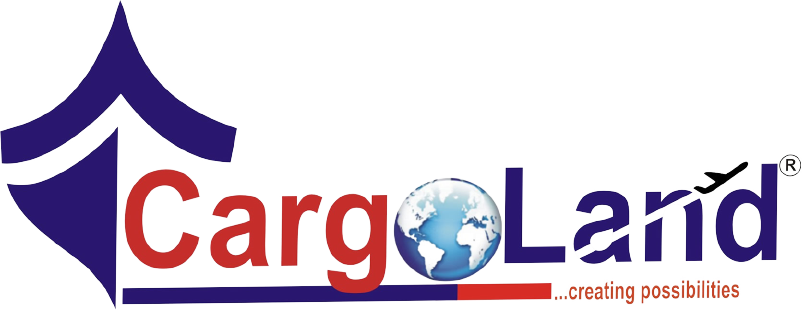In any software selection process, costs are a key consideration. In the case of a shipper Transport Management System (TMS), there are two sets of costs: recurring costs, which typically relate to the number of shipments flowing through the system; and one-off implementation costs. While recurring costs are more likely to correlate to volume, value and return-on-investment (ROI), it’s important for any shipper to understand, evaluate and minimise their one-time costs, while optimising their software for long-term value.
Elmer Spruijt (pictured below), VP, Global Sales, Descartes, explains what shippers need to know about TMS implementation costs.
Investigate your needs
Any shipper looking to acquire a transport management system (TMS) will be looking at how the various solutions on the market can optimise their operations. However, with the cost of a TMS anything from 30,000 EUR to 900,000 EUR (£25,000 and £750,000), it is key to have a clear understanding of the value and benefits you need your new TMS to deliver – and look at the costs in relation to the value created. Based on capabilities, related costs, and expected value you can make the right choice for your business, streamlining implementation and set up, and ensuring longevity of the system.

The main influencers of TMS implementation costs to consider, include:
1. Connectivity with carriers/forwarders
Automation is the key driver of operational benefits. Particularly for high-volume shippers an efficient and effective operation is essential. However, automation not only requires the setup of connections with internal systems like your ERP, but also with external carriers/forwarders for the booking/tendering of shipments; exchanging instructions; status messages and alerts; and invoicing. All of these factors should be included in any TMS you select. Yet, setting up these connections requires effort and cost, and if you work with several carriers/forwarders this can be significant.
Some TMS solutions have a published API which allows any external carrier/forwarder to connect their systems to the TMS. However, many carriers/forwarders are not willing or able to create the connection, and even if they are, they will most likely want to charge the integration cost to you. This makes having a TMS provider with a large, connected network and the ability to easily add new carriers/forwarders crucial to keeping connectivity costs under control.
2. Complexity of business rules
The more advanced shipper TMS solutions can handle many different scenarios (transport modes, different freight types, regional differences, etc.) which typically require configuration, while the more basic solutions often only allow for one process flow and set of rules with minimum deviations. If your current process for working with suppliers and carriers/forwarders is not supported by the TMS, you may struggle to use it effectively and fail to achieve the desired results.
The word here is caution, as many shippers can be inclined to choose a sleek, modern, and inexpensive solution, only to discover it doesn’t align with their workflow. The consequences are likely to include manual workarounds and even termination of the contract with the TMS vendor after a few months.
Almost all shippers need the ability to define advanced business rules in their TMS to automatically consolidate shipments, select the optimal transport mode, build multi-stop loads, follow routing guide logic, and automatically select the best carrier. Securing expert support during the initial implementation is essential for maximising the benefits of your TMS, although it does involve effort and expense. While companies want to keep costs to a minimum, implementation costs that configure and connect the TMS correctly will allow you to reap the benefits from the TMS for the next 10+ years.
3. Third-party solutions and involvement
A modern and complete TMS should handle all modes of transport; connect with all involved carriers/forwarders; automate the information exchange; and provide real-time visibility. However, some TMS providers still rely on third-party solutions to provide some capabilities, for example real-time visibility and parcel rate shopping/shipping. The need to involve third-party solutions and often third-party resources during the implementation adds complexity and requires building/configuring interfaces to facilitate data model alignment and data exchange. These will obviously not only impact the initial setup effort and costs, but also impact the future maintenance effort.
4. Project team expertise with the selected TMS
Some large ERP vendors, who also provide a transport management component, may rely on external partners to implement their TM solutions. With the complexity and different types and levels of functionality involved in a TM implementation, it may be the case that the project is staffed with individuals inexperienced in your specific requirements. Not only is this likely to take more time (and cost) to complete the implementation, there is also risk of a sub-optimal TMS configuration.
A project team experienced with your selected TM solution, and with demonstrable understanding of your business needs, will – in contrast – bring best practices and standards that can greatly reduce the effort and cost of setting up the TMS, while ensuring system configuration that will maximise your savings potential. How to save money on a TMS implementation before you start?
There are three fundamental ways to save costs:
1. Take the opportunity to consolidate the number of carriers/forwarders you are working with, or let smaller providers connect via a carrier portal rather than a direct API or EDI connection. This means they will need to manually accept shipments/loads while you receive automated updates in your TMS. Automated real-time visibility may still be available with those carriers through a separate connection to an integrated visibility platform like Descartes MacroPoint .
.
2. Limit the number of solution vendors involved in your overall TMS. This will have the most impact in terms of implementation time, cost, and the required implementation team expertise. Having one team of true experts overseeing your complete solution will result in optimised process handling and a reduced risk of unexpected implementation complications and costs.
3. Beyond these external factors, the active involvement of your own team is essential. Having the right stakeholders (including key users) participate and reach consensus on the optimal processes, along with reliable IT support and a project manager from your side, will significantly influence project costs, timeline, and overall success.
Conclusion
Shippers that have implemented a TMS have indicated that the analysis and design phase is crucial to the overall project. Make sure that the right people allocate sufficient time to deliver a robust solution design document, as well as participate in acceptance testing which will minimise change requests, and timing delays due to bugs throughout the project. Optimising your TMS implementation by understanding and scoping your needs up front, examining ways to consolidate the complexity of the project, and ensuring the right stakeholders are involved in each step of the process will help ensure that both your one-time costs are limited, and you are setting yourself up for long-term value.
similar news
The post How to Optimise your Shipper TMS Implementation appeared first on Logistics Business.


